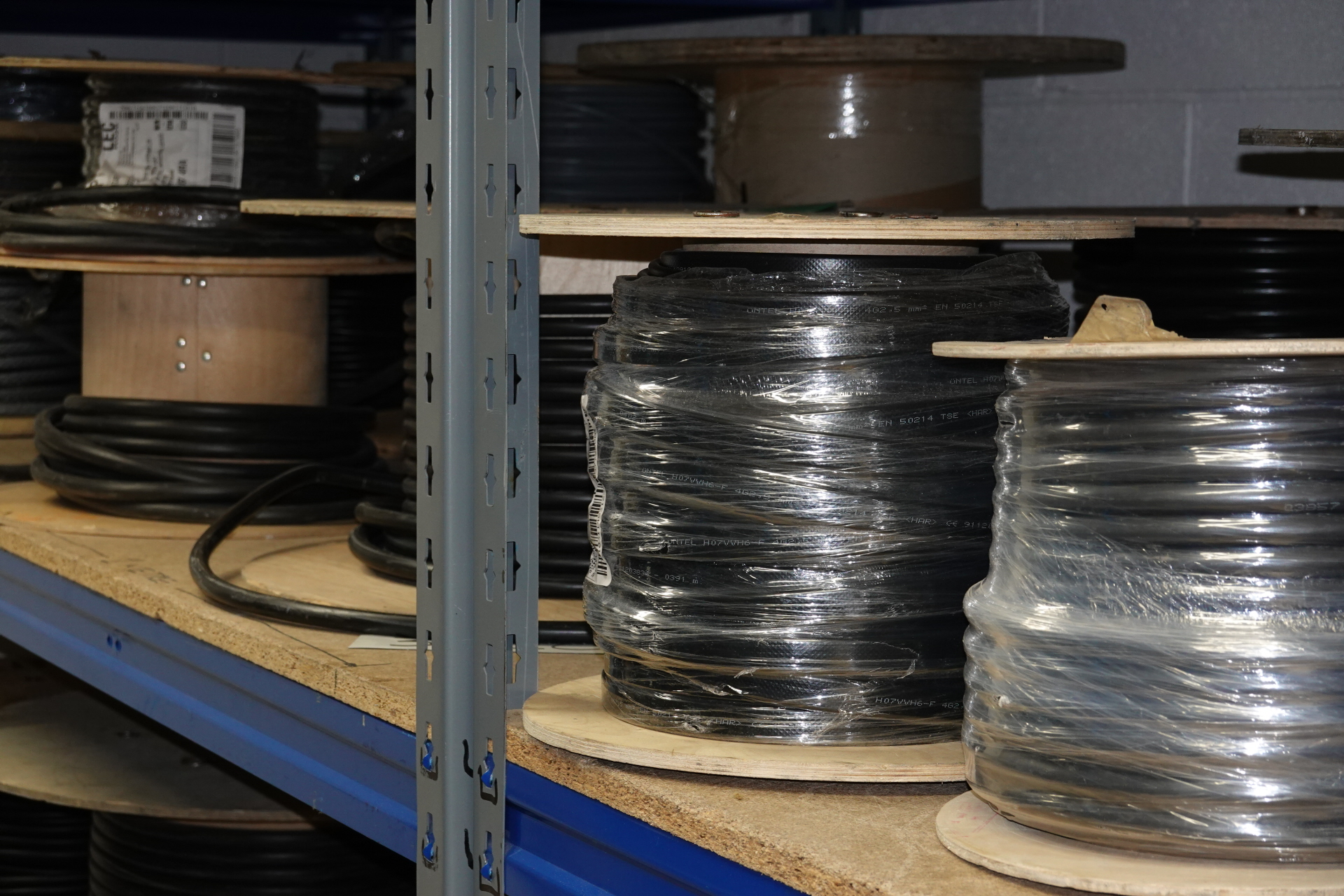Choosing the best cables for VSDs
VSD-controlled pump installations sometimes experience spurious tripping or erratic process measurements. As ABB’s Martin Richardson reveals, such problems are increasingly being attributed to incorrect choice or installation of cabling.
Choosing motor cables for VSD installations is more critical than selecting standard cables because the motor side does not have a sinusoidal voltage waveform and suffers from fast-rising voltages and high frequencies. These can induce electromagnetic disturbance, causing measurement devices or controllers to perform erratically. Incorrect earth cabling can increase the likelihood of voltage transient problems, reducing the lifetime of the motor, gearbox and driven machine bearings.
To minimise these problems and to help meet EMC requirements, you should use only shielded, symmetrical (three- or six-core) multi-core cables and ensure 360-degree termination of the cable shield at both ends. Symmetrical, shielded cables reduce the motor frame voltage, the effect being more significant with high motor currents. Thus, unsymmetrical cables can be used for cables up to 10mm2 and motors rated up to 30kW, but shielded cable is always recommended, to ensure associated risks are reduced.
To be effective at high frequencies, the shield conductivity needs to be at least 10% of the phase conductor conductivity. The shield effectiveness can be evaluated by measuring the shield inductance, which must be low and only slightly dependent on the frequency. Because the high frequencies in the inverter output cause currents to flow by capacitive coupling into the screen, VSD manufacturers quote maximum cable lengths. If longer lengths are needed, this may be helped by using inverter output filters.
The three common types of cable for VSD operation are: three-core cable with concentric protective copper shield; 3+3+Cu/Al shield + armour; or galvanised steel, close stranded armour/shield (SWA and SY types). Using other types can lead to problems. Four-core cables, high gradient/interlaced steel plate armour cable and especially single-core cables are not suitable for motor use and should be avoided. VSDs and pumps may operate satisfactorily with these cables, but the risk of other equipment being affected is high and is notoriously difficult to solve once installed.
Some types of equipment, such as submersible pumps, especially for potable water applications, are delivered with integrated cables that are often unscreened. In such cases, where the cable cannot be changed, the manufacturer may specify a sine filter in the VSD output. This will produce a good sinusoidal waveform, regardless of the length of cable. However, the volt drop must still be considered, including the 10-15% drop across the filter. This introduces other engineering issues and challenges to overcome because of the reduced voltage at the motor terminals.
Boosting the DC voltage can be achieved by using an active rectifier. Although this will reduce the capacity of the rectifier slightly, it can eliminate the need for a transformer to boost voltage, or the need for a non-standard motor winding. If the voltage is boosted this way, the working level of the AC drive needs to be checked.
It is perfectly feasible to use long motor cables in a VSD-pump application, but the installation must be planned carefully. The volt drop can be boosted by an auto-transformer or active rectifier, but without sufficient planning, you risk problems in the future.

